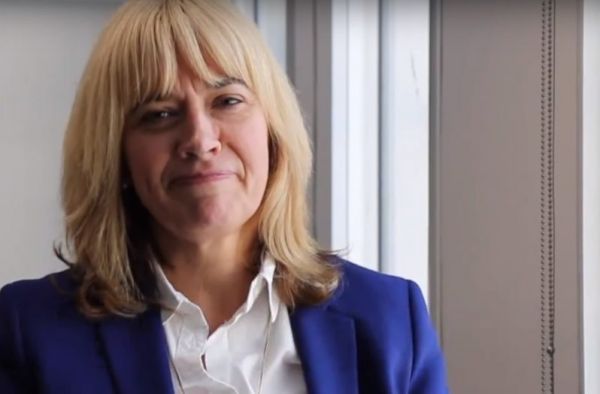Dr Christine Middlemiss, the UK’s Chief Veterinary Officer has ordered poultry producers to follow strict biosecurity measures, following the introduction of a national Avian Influenza Prevention Zone this week.
“We are seeing a growing number of bird flu cases on commercial farms and in backyard birds across the country driven by high levels of disease within wild birds,” said Middlemiss. “Unfortunately, we expect the number of cases to continue to rise over the coming months as migratory birds return to the UK, bringing with them further risk of disease that can spread into our kept flocks.
“We’re taking action already by implementing a national Avian Influenza Prevention Zones and housing measures in the worst-affected areas, but it is important that all bird keepers – wherever they are in the country – ensure that cleanliness and hygiene are at the forefront of their minds to keep their flocks safe and limit the impact of the outbreak.”
An Avian Influenza Prevention Zone (AIPZ) has been declared across the United Kingdom following an increase in the number of detections of avian influenza in wild birds and on commercial premises.
This means that all bird keepers must implement strict biosecurity measures to help protect their flocks from the threat of avian influenza, regardless of whatever type or size. Introducing these steps on farm is the most effective way in reducing the risk of disease spreading.
In addition to this, a regional housing measure remains in place across Norfolk, Suffolk and parts of Essex, where keepers must house their flocks until further notice.
The UK has faced its largest ever outbreak of bird flu with over 190 cases confirmed across the country since late October 2021.
These measures will remain in place until further notice, and will be kept under regular review as part of the government’s work to monitor and manage the risks of avian influenza.
The wild bird risk across Great Britain has increased from medium to high and the risk to poultry with stringent biosecurity has moved up to medium. The risk to poultry with poor biosecurity has been increased to high, in light of the increased number of infected premises observed during September and October and the distance of some of these, as well as wild bird cases, from the coast.


